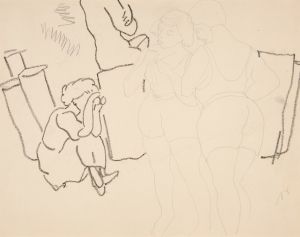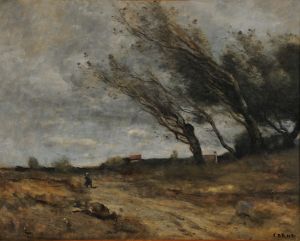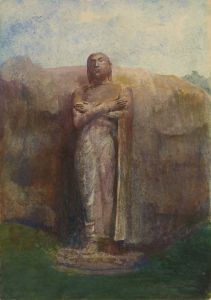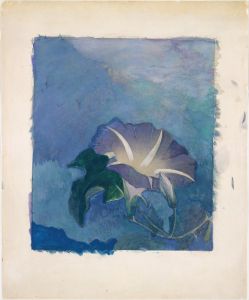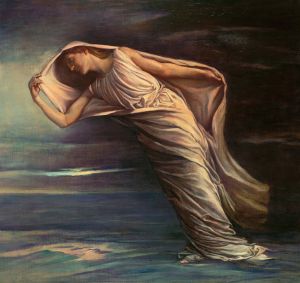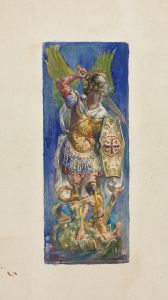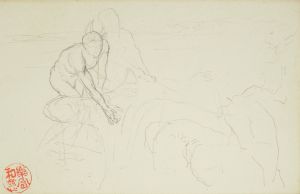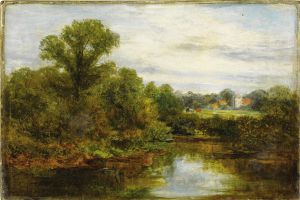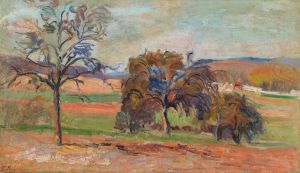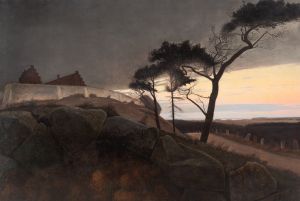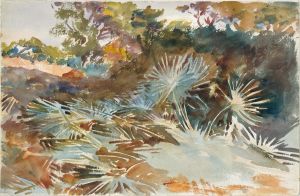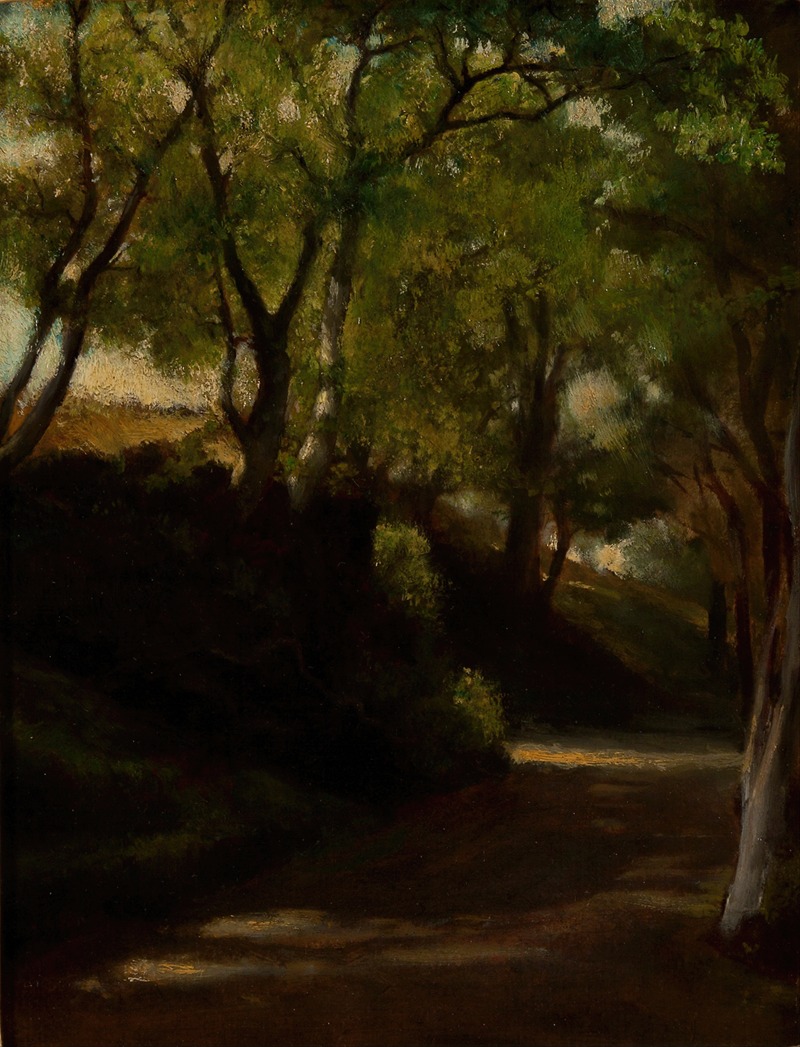
In ‘The Glen,’ Portsmouth, Rhode Island
A hand-painted replica of John La Farge’s masterpiece In ‘The Glen,’ Portsmouth, Rhode Island, meticulously crafted by professional artists to capture the true essence of the original. Each piece is created with museum-quality canvas and rare mineral pigments, carefully painted by experienced artists with delicate brushstrokes and rich, layered colors to perfectly recreate the texture of the original artwork. Unlike machine-printed reproductions, this hand-painted version brings the painting to life, infused with the artist’s emotions and skill in every stroke. Whether for personal collection or home decoration, it instantly elevates the artistic atmosphere of any space.
John La Farge's painting In ‘The Glen,’ Portsmouth, Rhode Island is a work by the American artist and muralist, known for his contributions to 19th-century American art. La Farge (1835–1910) was celebrated for his innovations in stained glass and his ability to capture the subtleties of light and atmosphere in his paintings. This particular artwork reflects his interest in landscape painting and his deep appreciation for the natural beauty of New England.
The painting depicts a serene scene in Portsmouth, Rhode Island, a location La Farge frequented and where he found inspiration for many of his works. The Glen, a picturesque area in Portsmouth, is characterized by its rolling hills, lush greenery, and tranquil environment. La Farge's depiction of this setting showcases his skill in rendering the interplay of light and shadow, as well as his ability to evoke a sense of quietude and introspection.
La Farge was influenced by both European artistic traditions and Japanese art, which is evident in his attention to detail and his use of color and composition. His landscapes often emphasize the harmony between natural elements, and In ‘The Glen,’ Portsmouth, Rhode Island is no exception. The painting captures the essence of the location with a focus on its natural beauty, rather than dramatic or grandiose elements.
This work is part of La Farge's broader body of landscape paintings, which he created during a period when he was exploring the American countryside and experimenting with plein air techniques. His landscapes are noted for their atmospheric quality and their ability to convey a sense of place. While La Farge is perhaps better known for his stained glass work and murals, his landscapes remain an important part of his artistic legacy.
The exact date of the painting's creation is not specified, but it is consistent with La Farge's active period as a painter in the late 19th century. The painting is an example of his ability to merge technical skill with an emotional connection to the subject matter, resulting in a work that resonates with viewers on both an aesthetic and a contemplative level.
Further details about the painting's current location or ownership are not readily available. However, it remains a testament to La Farge's talent and his contribution to American landscape painting.





